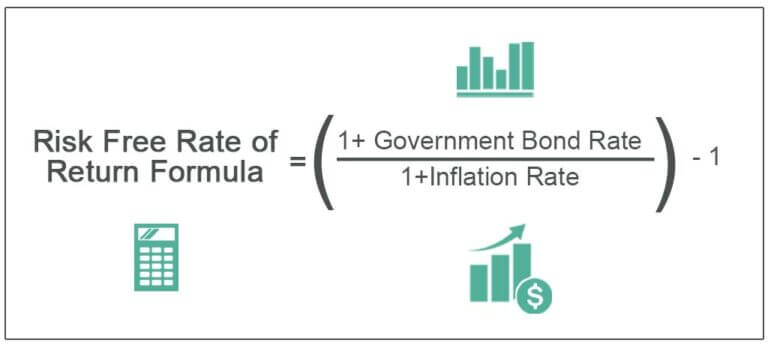

Risk probability calculator android#
The goal is to have more informed decision-making regarding screenings.Īnother, the SWOP prostate cancer risk calculator is actually multiple nomograms (six for doctors and two for patients).Īvailable online or as an iPhone or Android app, these prostate cancer risk calculators allow patients with no medical knowledge to safely assess their risks for getting prostate cancer based on various data points. The latest version, created by researchers at Kaiser Permanente, helps patients and their doctors better understand the risk of getting prostate cancer. Doctors use prostate cancer nomograms from screening through prostatectomy, chemotherapy, and radiation. Prostate cancer risk calculators, also called nomograms, use prediction models for risk assessment or risk estimates. Patients with a family history of prostate cancer account for about a fifth of all cases. This incidence is thought to be due to a shared environment and shared genes. Having a close family member with a history of prostate cancer increases your risk as well. Men from low-incidence countries like India who move to high-risk area North America experience a convergence of prostate cancer risk, as their risk increases to match the local population in just two years. Prostate cancer has a higher rate of occurrence in the United States, Australia, Northern Europe, Canada, and Mexico.

Black men who get prostate cancer earlier are more likely to have more aggressive cancer, or high-grade prostate cancer, when diagnosed and tend to suffer poorer outcomes. In the United States, the risk is almost two times higher in black men than in white men. Lifestyle factors such as diet, lack of physical activity, smoking, and exposure to harmful substances may play a role in getting prostate cancer.Įthnicity plays a role in the risk of prostate cancer as well. The disease is less common in men under 50. Age is a common risk factor for prostate cancer.


 0 kommentar(er)
0 kommentar(er)
